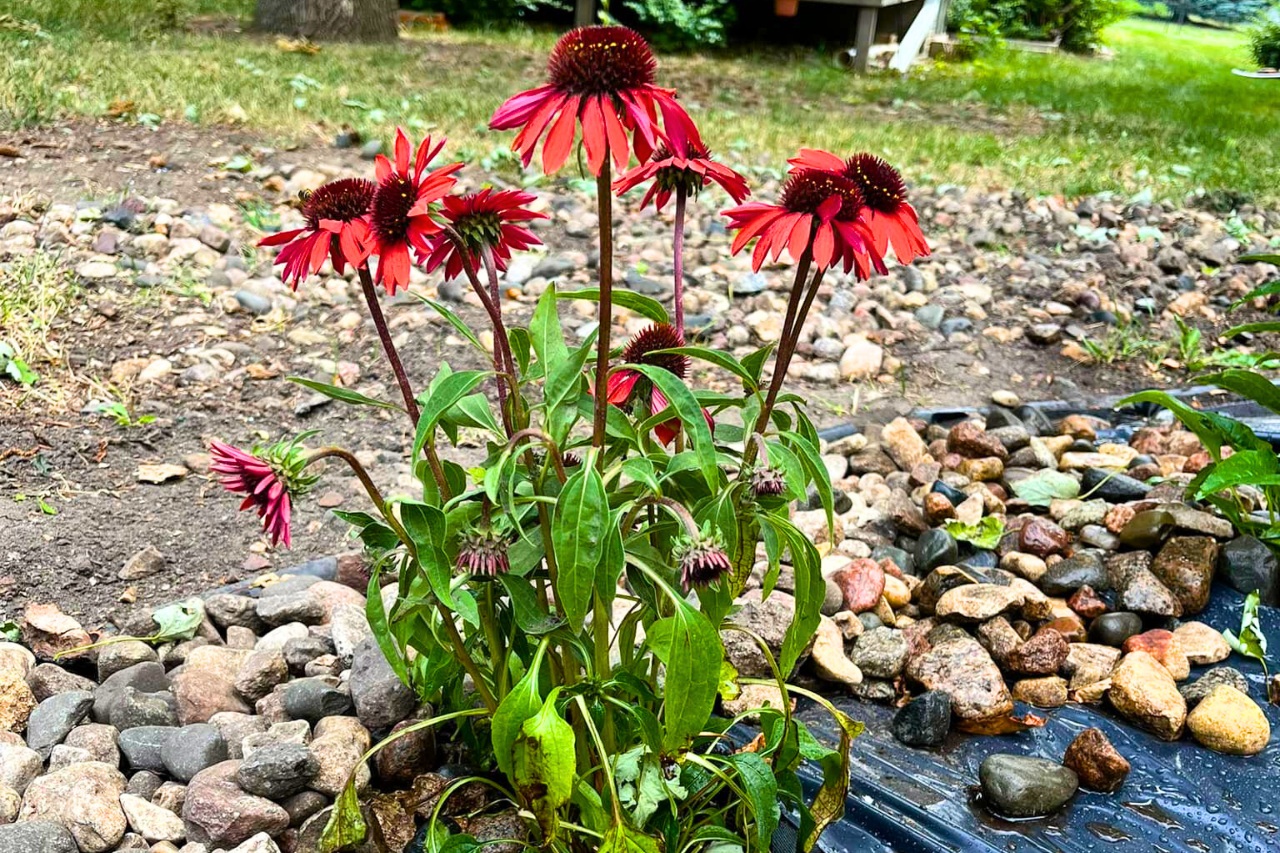Hello Gardeners! The other day, I received an email from a desperate lady telling me that in her garden, many plants were struggling to grow, probably due to poor soil conditions.
First, I want to say that it is absolutely normal. Not all soils are the same, and it can happen that you live in an area that is not ideal for plants.
What I can recommend, aside from enriching and improving the soil, is to plant hardy plants that usually grow even in extreme conditions.
I’ve selected 10 that are among my favorites!
1. Black-Eyed Susan
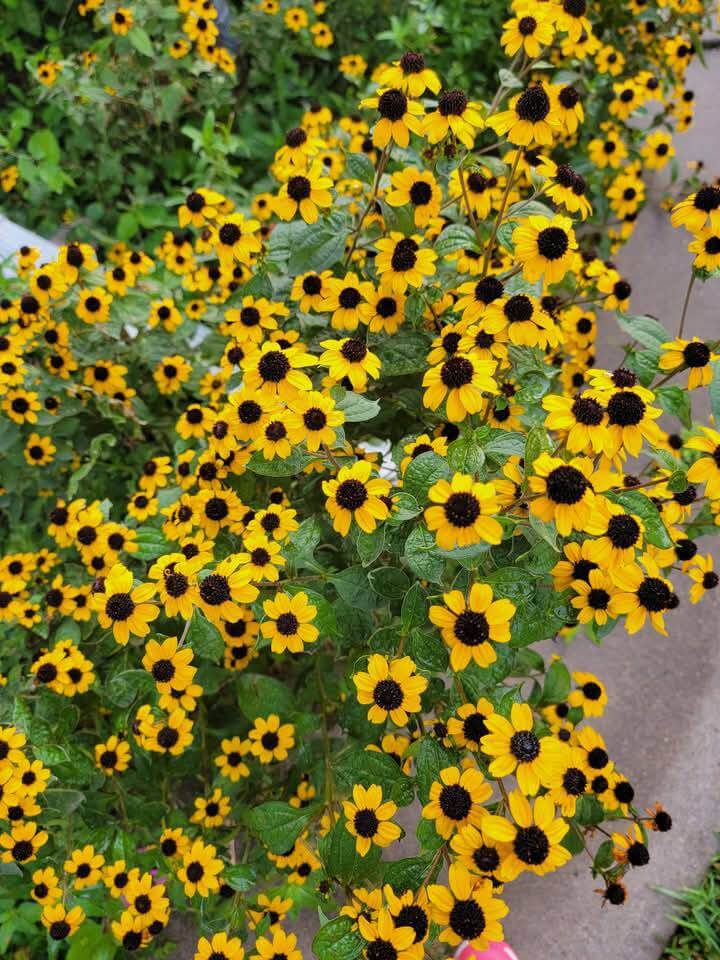
Black-eyed Susans are those golden-yellow wildflowers that you’ve probably seen on roadsides and in meadows.
They’re famous for thriving on neglect and even in nutrient-poor or rocky ground.
Once established, they tolerate heat and drought very well and are therefore ideal for tough spots or if you are not a careful gardener.
They’re also short-lived perennials or self-seeding annuals (depending on the variety) that come back year after year without fuss.
2. Common Yarrow

Yarrow is a feathery-leaved wildflower that produces flat-topped clusters of tiny blooms. I have always seen them white or yellow; I don’t know if there are other colors in some parts of the world.
This plant is nearly indestructible in the garden, so it’s perfect for areas with sandy, gravelly, or nutrient-starved soil.
It’s a spreading perennial, and it’s also very beneficial for insects. Basically, the Yarrow’s flat flower clusters are like landing pads for helpful bugs.
They lure in ladybugs, hoverflies, and other predatory insects that help control pests, which makes it a fantastic choice for eco-friendly gardens.
3. Rosemary
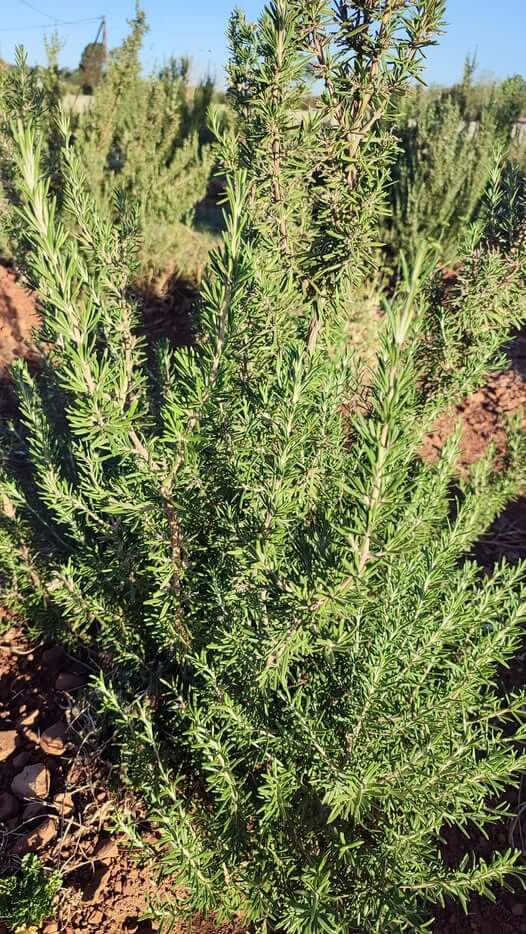
You’ve probably used rosemary if you like to cook. It’s an herb but, unlike many other herbs, it is very hardy.
An interesting thing is that rosemary is native to the rocky hills of the Mediterranean, so it’s perfectly accustomed to non-easy soils.
In warm climates, you can plant it outside, and it will grow into a sizable shrub. In cold areas, it’s better to grow it as a potted plant.
Learn more: Rosemary is highly drought-tolerant because it stores oils in its leaves that help it withstand dry spells.
4. Nasturtium
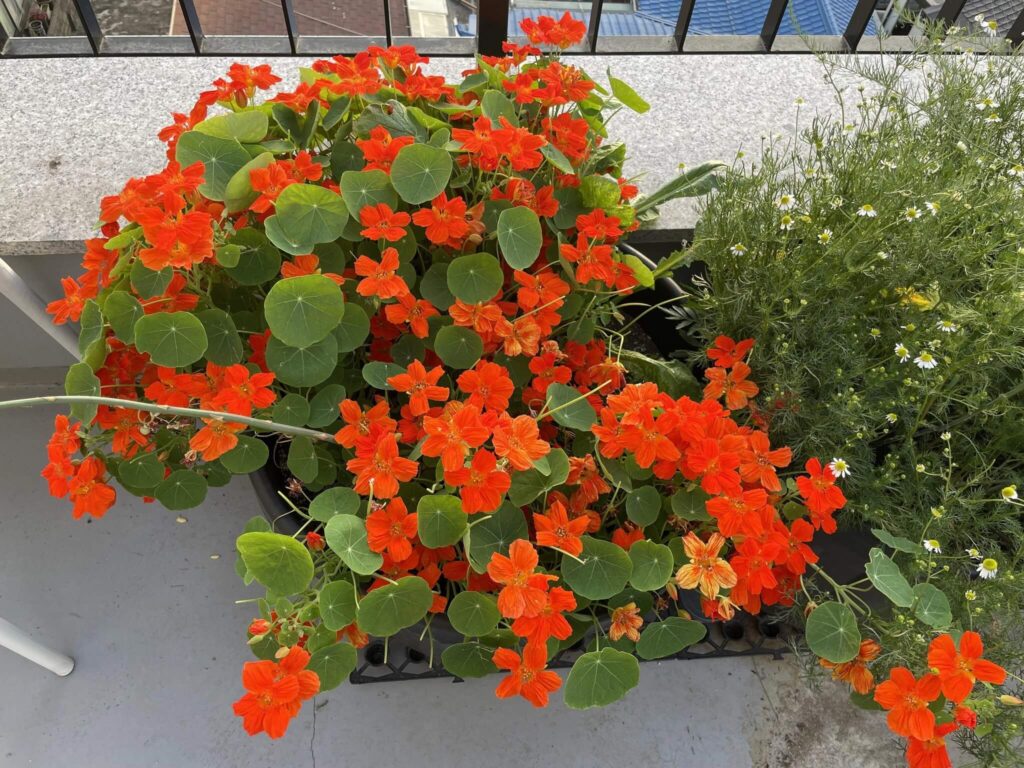
I love colorful plants, and I really like Nasturtium, which usually has bright shades of orange, red, and yellow.
Nasturtium is famous for being a tough plant that actually prefers poor soil. If you spoil them with rich soil, they’ll produce lots of leaves and fewer flowers (that’s crazy isn’t it),
They’re also easy to grow from seed and will scramble over the ground or cascade from containers. As a bonus, nasturtium flowers and leaves are edible with a peppery flavor.
Oh…another positive thing is that Nasturtium grows annually almost everywhere (it can survive year-round in frost-free zones 9-11).
5. Lavender
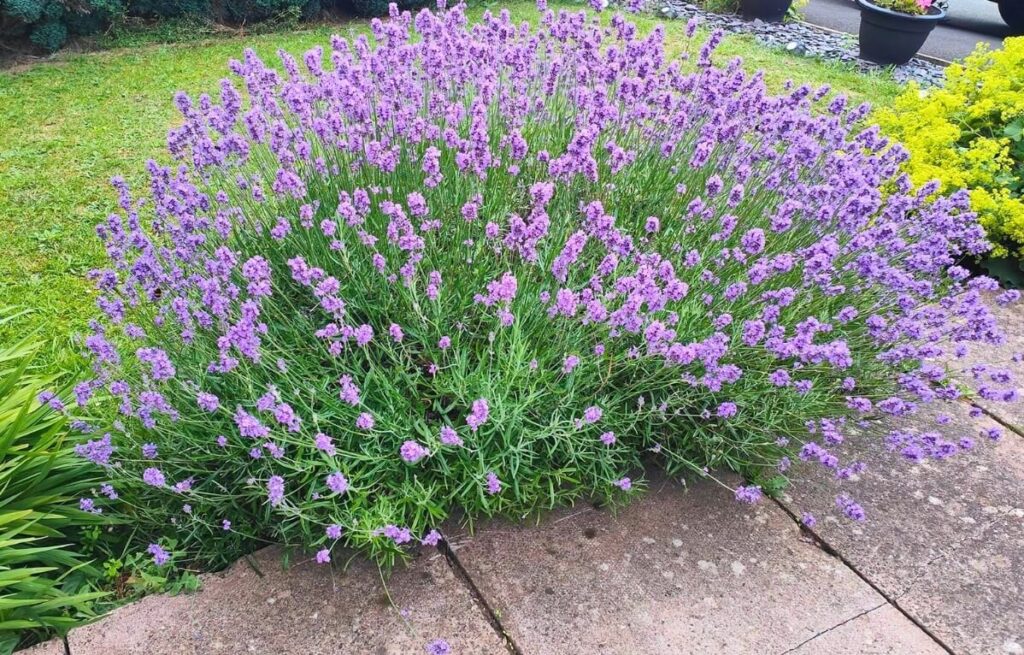
I don’t think I need to introduce lavender; I think everyone is familiar with it.
Perhaps what not everyone knows is that it’s a Mediterranean plant, so it thrives in dry soils where many other plants struggle.
If you have rocky or sandy soil, lavender is absolutely a good choice and once established, it’s incredibly drought-tolerant and generally low-maintenance.
Its toughness and beauty make it a perfect choice for gardeners with “bad” soil who still want colorful blooms.
If you live in a colder climate, you can also grow lavender in a pot and bring it indoors for winter. Remember to follow my guide on how to grow perfect lavender.
6. Sedum
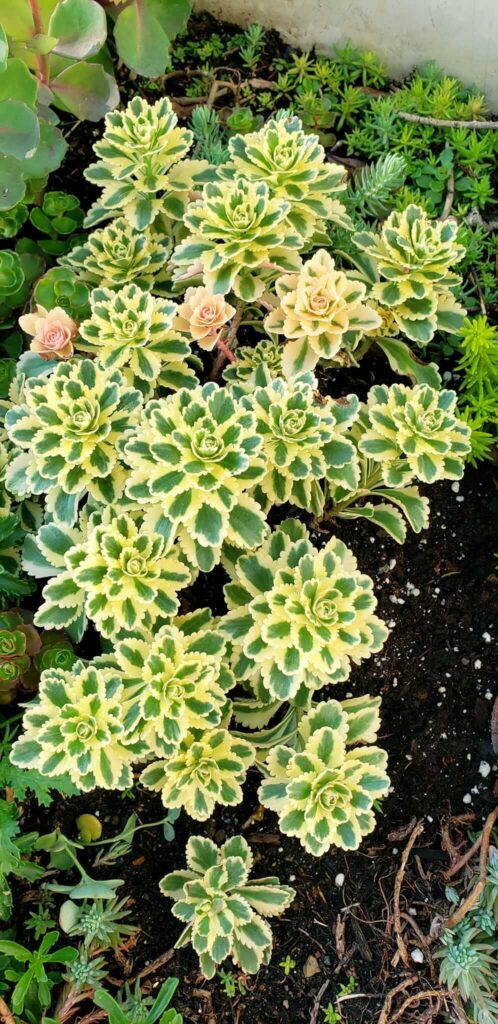
Sedums (also known as stonecrops) are succulent plants that come in different forms. They can be low groundcover mats or upright varieties like “Autumn Joy”.
What they all share is an ability to thrive in rocky, thin, or poor soil where other plants might give up.
Sedum stores water in its fleshy leaves, allowing it to endure dry, nutrient-poor conditions.
Many sedums are used in rock gardens, on green roofs, or in sandy plots, so they’re literally ultra-adaptable.
7. Echinacea
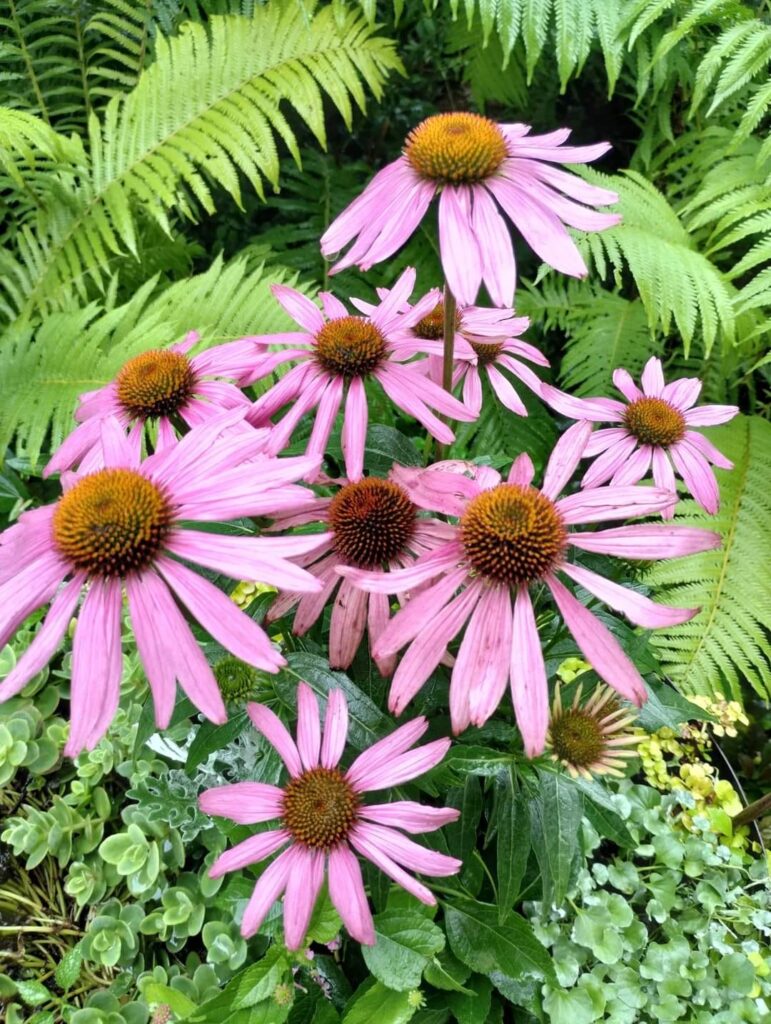
Echinacea (also known as Coneflower) is a hardy perennial wildflower native to North America, famous for its immunity-boosting herbal uses and beautiful blooms.
I often take it as a pre-winter supplement to boost the immune system, but anyway, we’re here to talk about plants, not herbal medicine.
They make large, daisy-like flowers that are often purple-pink with prominent cone centers (hence the name).
Echinacea is incredibly adaptable. It looks like it can tolerate everything from poor sandy soil to heavy clay. It will probably bloom through summer even if your soil isn’t fertile, as long as it gets enough sun.
I also included it in the list of perennial flowers that naturally crowd out weeds. Have a look at it!
8. Bee Balm
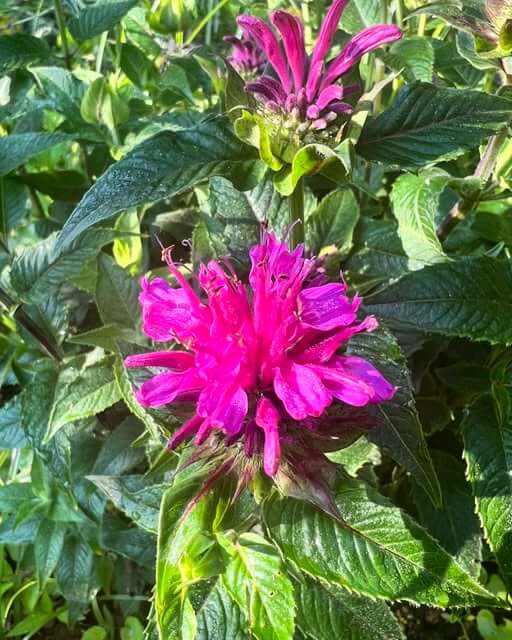
Bee balm (also called wild bergamot) is part of the mint family but makes beautiful, colorful flowers in red, pink, or purple that hummingbirds love.
It usually prefers moderately moist soil, but it has proven that it can survive in very tough soil conditions too.
I’ve personally seen it adapting to poor, compacted soils that would challenge many other plants.
Just remember that Bee balm does like moisture, so in very dry, poor soil, you’ll need to water it a bit more often until it establishes.
9. Butterfly Weed
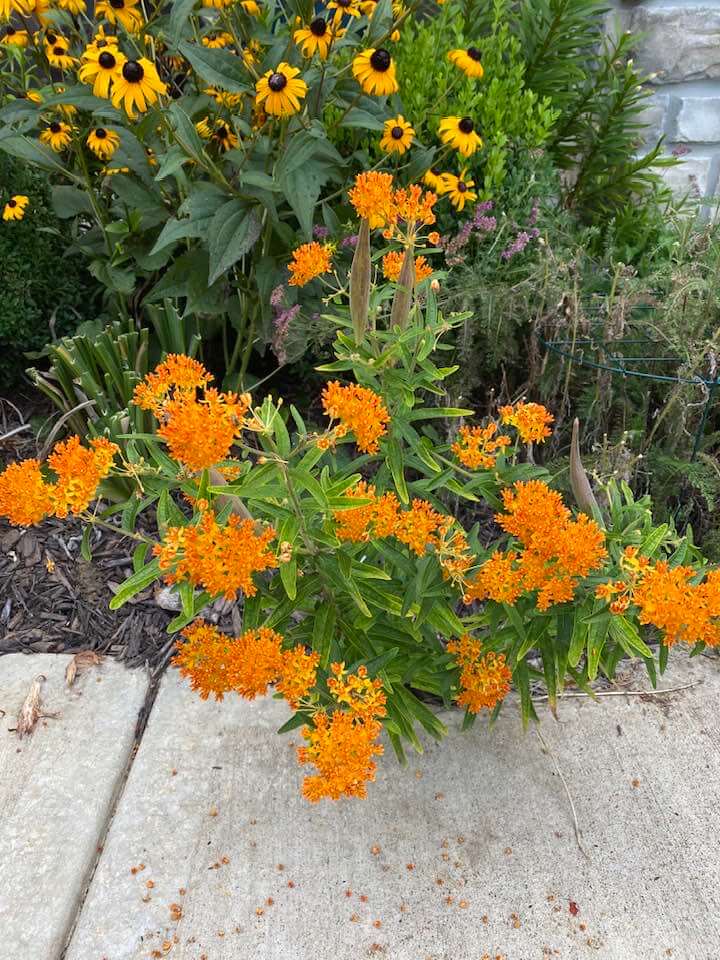
I’ve never planted Butterfly Weed, but a friend of mine has several plants of them and says they are perfect for lazy gardeners like her.
You can recognize Butterfly Weed from its bright orange flower clusters, and it gets its name because it’s extremely attractive to butterflies (and it’s a host plant for monarch butterfly caterpillars.)
If you have clay or sand or just poor soil, butterfly weed can likely grow without problems.
Just pay attention where you plant it because it develops a long taproot and it’s very hard to move after has grown up.
10. Daylily
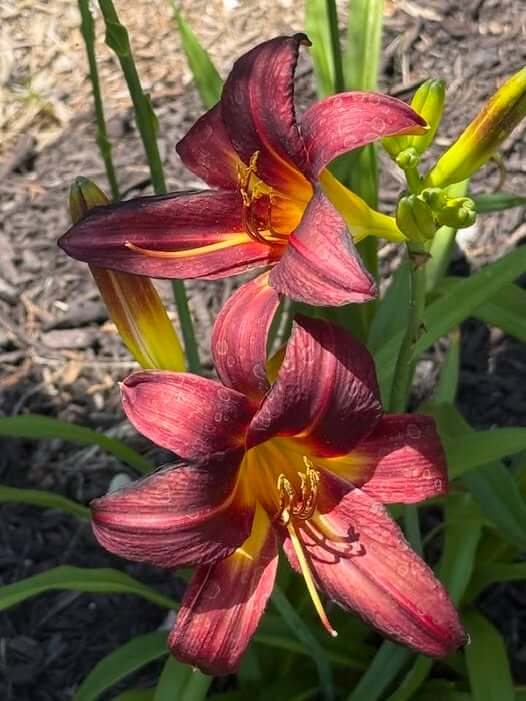
Daylilies are hardy perennials known for their lily-like flowers that last one day each (but plants produce many buds).
I think the toughest of all is the common orange daylily called Hemerocallis fulva, but also known as the “ditch lily.”
The name says it all. It even flowers in ditches, roadsides, and abandoned sites with any type of soil.
They’re a go-to plant for difficult areas, just remember to follow these tips to keep ants away.

